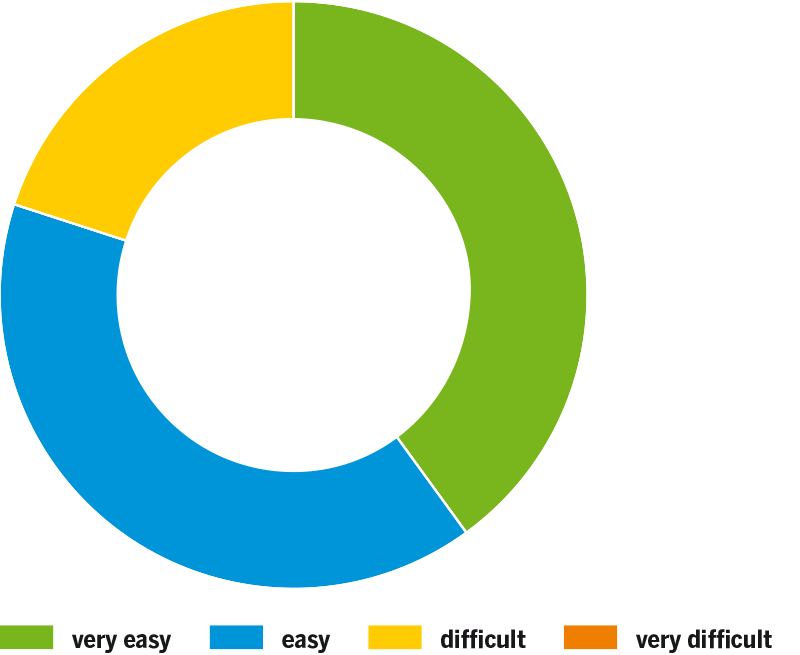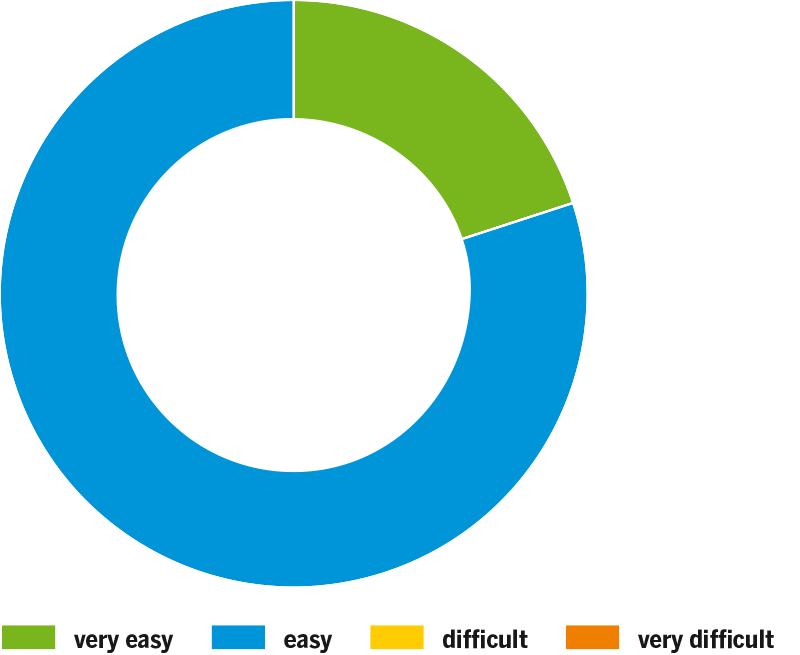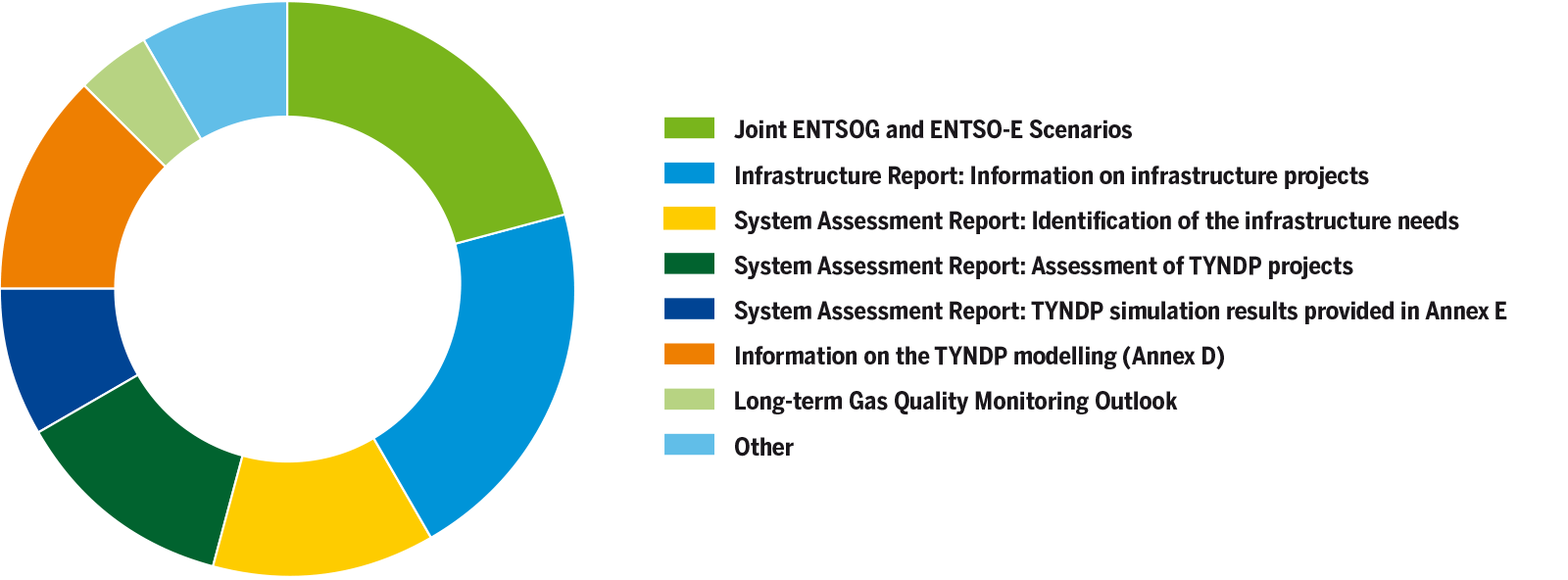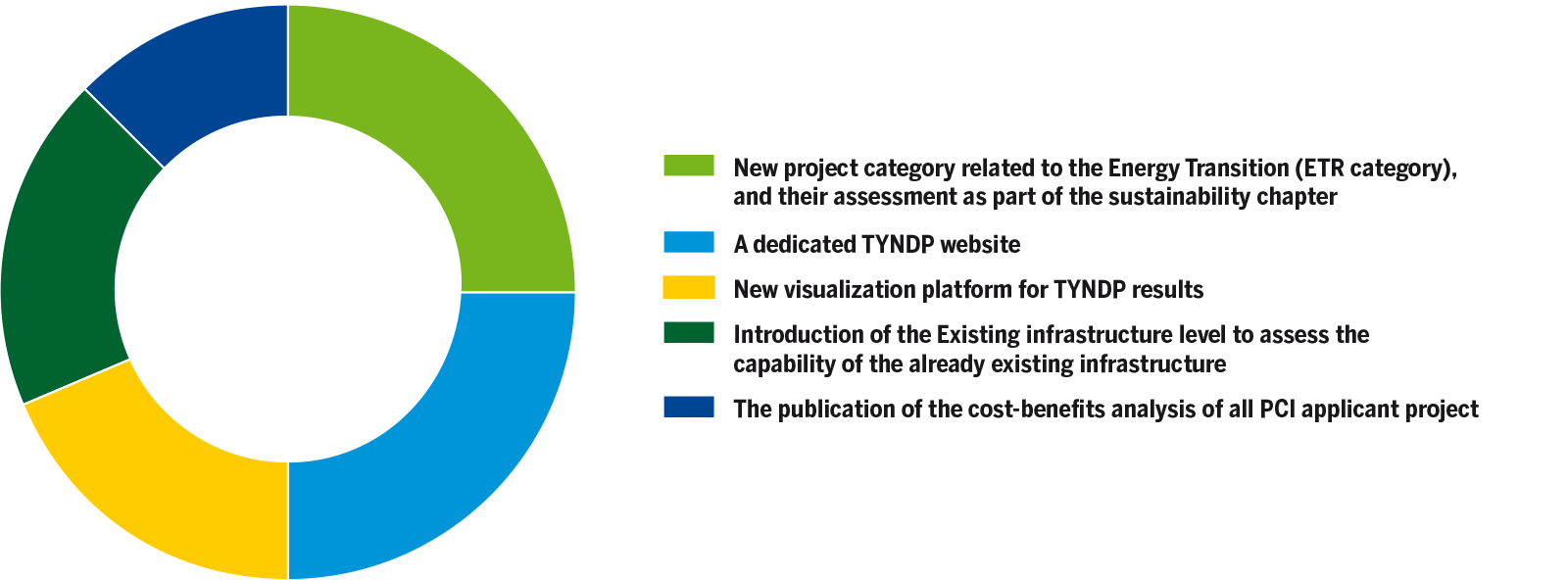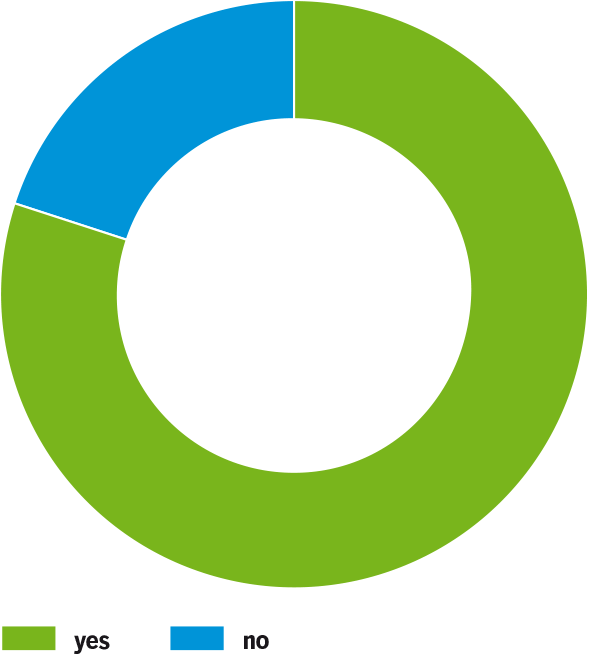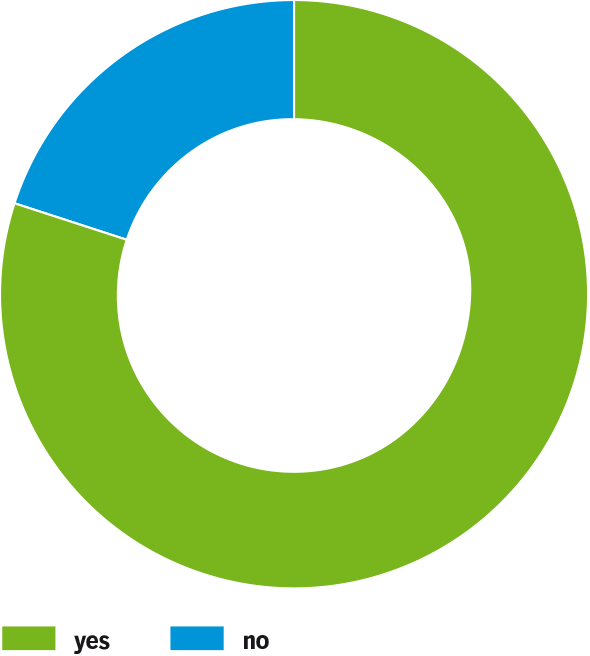ENTSOG opened the public consultation on draft TYNDP 2020 for 7 weeks from 25 November to 15 January 2021.
2.3.1 Analysis of the public consultation feedback
Several improvements aiming on a simple and clear presentation of TYNDP were welcomed by the stakeholders in the 2020 edition and increased readability and navigation. Dedicated website and tailor-made visualization tools allow for interactive access to main TYNDP features. Publication of the dedicated reports to the main sections of TYNDP instead of a single report followed by publication of the TYNDP in form of interactive website allowed to efficiently browse and the same time to focus on the most relevant information while providing the exhaustive information in the annexes. It was noted, that TYNDP process has reached a good level of maturity in particular concerning the data provided and the level of transparency.
Most interesting topics
The overview of the topics identified as most interesting by stakeholders indicates that TYNDP is seen by a large share of stakeholders as a valuable source of European-wide information. It indeed highlights that the expectations of the stakeholders are mainly focused on the joint ENTSOG and ENTSO-E scenarios, assessment of the infrastructure, specific projects, as well as on the TYNDP modelling methodology.
The collection and analysis done by ENTSOG, is a highly valuable source of information, as well as a necessary input to the simulations and the assessment of the infrastructure.
New elements introduced for TYNDP 2020
ENTSOG introduced a number of new elements in TYNDP 2020. Stakeholders were consulted on their views on these new elements. All the elements are considered as valuable by the stakeholders. For the first time, ENTSOG collected projects related to the Energy Transition (ETR project category). This project collection is meant to improve the transparency and provide information on the energy transition from an infrastructure perspective, including the renewable generation and decarbonisation capacities. First step in that direction taken by ENTSOG was well received and appreciated by stakeholders, that in the same time expressed further interest for deeper investigation in the next edition of the TYNDP. This underlines the importance of the energy transition in the perspective of the EU’s energy and climate objectives towards 2050.
That observations and requests are proving that TYNDP is coherent with objective of the energy transition and will be the main area of development in the next edition of the report.
The main improvements ENTSOG has brought to the 2020 editions are all considered increasing the usability of the TYNDP. All stakeholders see value in the publication of all simulation results and the description of the modelling as annexes and additionally accessible through interactive website with dedicated visualization platform. Stakeholders support the focus on the relevant scenarios in the reports when assessing the infrastructure needs or the impact of new projects. Further development in this area, planed for the next edition will include access to PS-CBA results in form of the interactive platform.
During the consultation process, stakeholders expressed support and a need for further development in terms of sustainability indicators and energy transition with particular emphasis on hydrogen. Those areas are also addressed in the TEN-E regulation re-opening. ENTSOG has expressed its supports to strengthening the sustainability criteria in the future TEN-E regulation and will work to satisfy the needs expressed by stakeholders in the public consultation procedure.


